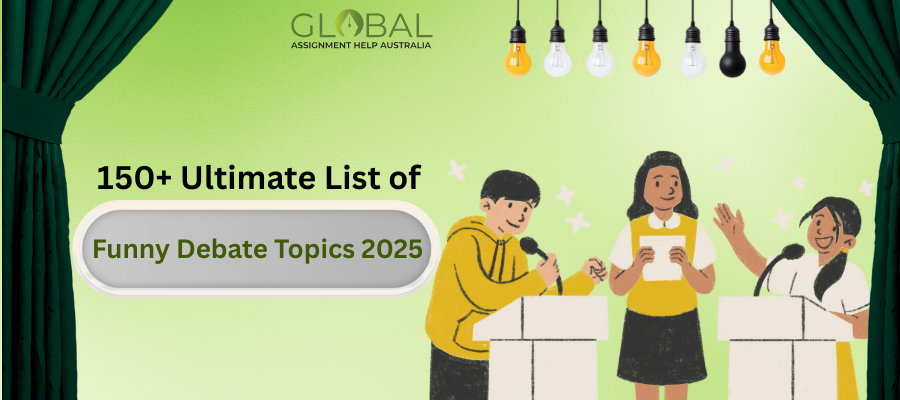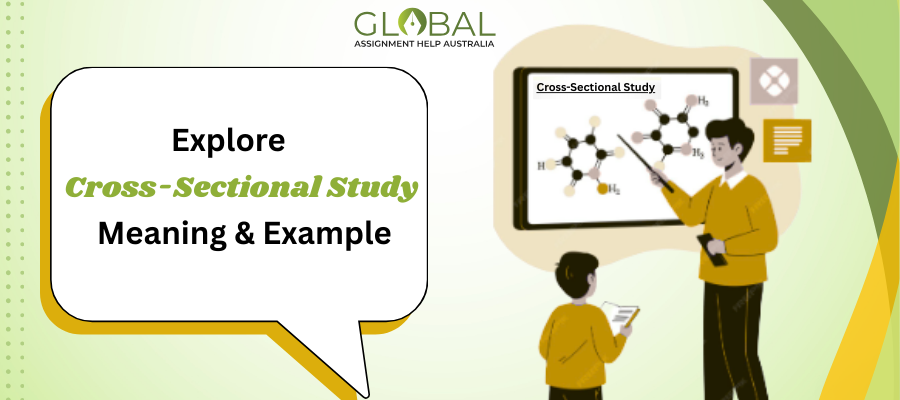 Offers
New
Order Now
Offers
New
Order Now
Objectives are not proportionate but are definite as they help you declare a thesis. Number or numerical data is the preferable choice to acquire that, and quantitative research is how you collect that data stream. Once you hear that such a concept exists, you apply that in your investigation process. However, you make a mistake that moment that disrupts the correctness of your document. That is because you do not know what is quantitative research or how to apply it. All you have is its name, that is not enough information to decide the application of this mechanism. Therefore, it is best to neglect applying or including it in the process. Your concentration should be to grasp knowledge to understand everything related. It gives you an idea of whether your topic requires assistance from quantitative research.
Thus, this blog is prepared to teach you all about this procedure so you do not apply somewhere that is outside its jurisdiction. Let us start with the basic query of its meaning in the following section.
Studying complicated or in-depth information about a topic needs an informational base. It helps you understand the concept and build a better understanding. So, before you grasp something in detail, know what is quantitative research first in the following sub-heads.
In general, quantitative investigation means to collect or gather information that is definite, like numericals and statistics. It helps you deliver refined information to achieve the objective you set with your project. However, it is vital to hear how renowned authors define quantitative research.
Here is what different authors state about this mechanism:
“Empirical research where the data are in the form of numbers” - Keith F. Punch
“Investigations in which data that are collected and coded are expressible as numbers” - Williams Et. Al.
What you can derive from the above definitions is that the details collected by a researcher exhibiting the numerical representation is termed as quantitative research.
So, now it is clear what this mechanism is about in an overall version. Reading this helps you understand the difference between the type of data you need. However, you cannot find a detail that is in numerical form randomly since it should match its features. Since you do not know about them, the following section will provide this valuable information.
Quantitative research contains various traits that determine the pack of data you should collect. So, the correct process is to know and learn the following features to know what should be your aim when you use it:
The quantitative investigation:
These are a few vital features of quantitative research that you should know. So, reading and learning them can give you an idea if that is what you are looking for. Thus, you can avoid making any mistakes in the details by including this mechanism in the process. However, if you need it, you must know whether this method to collect information contains any division or sub-fields. So, the following section covers the types of quantitative research.
There is a reason why our experts suggest that you learn about the mechanism to its core. That helps you decide if you can acquire the results or the method suits the requirement. That is why the below-given sub-heads cover an essential aspect, types of quantitative research:
This division of quantitative investigation does not imply on altering or modifying the facts. However, do not interfere with the samples given to you. It focuses on studying the event through its natural course, as the modifications only disturb the results. This research design allows the researcher to extract details by observing the set group. For a better understanding, you can go through different quantitative research examples.
In quantitative investigation, you may have to collect more than one variable. However, are you certain if these gathered facts associate with your topic? You may not before, but now you can. This type in this method allows you to grow an understanding of the relation between the elements you collect without modifying them.
Experiments mean to test and study. So, in qualitative vs quantitative research, this method gives the researcher the freedom to examine the cause-and-effect cycle of an independent element. The dependent variable needs another element to bring forth any changes. Thus, the researcher experiments on the volatile item to ascertain the impact it can cause. You can study and understand this concept through quantitative research examples.
These are the crucial types of quantitative investigation you should know about. These divisions allow you to learn about the correct design you need for your work. Collecting the information per the topic helps you present accuracy, but the methods to apply are also crucial. So, the following section discusses these many variants of quantitative research methods.
Methods are the instruments that help you collect the correct form of data. Sometimes, you go through a large population group, so these tools provide a quick and undisturbed process. However, if you are to use them for your work, you need better knowledge about them.
These methods or instruments come in the form of questionnaires. In general, these are extensive papers that help you cover a vast population range. Hence, the researchers prefer this process through mail or social media platforms. You cannot conduct a large sample collection process through face-to-face meetings or via call. You prefer platforms where you can connect to many people at once.
It is one of the common quantitative research methods for researchers to collect data. You can use it through formal or informal communication from a single person or a group. However, the choice of how you will conduct it depends on your target audience. So, if you are examining an individual, you can pick the face-to-face or remote platforms. But, for a group, you need to analyse them in person.
Manipulation does not always work, as there are times when you can only observe to collect data. If you have to examine the condition of outdoor playing habits, you cannot ask every house and family. But you can notice the grounds and areas associated with it to see that. So, when you need numerical data through observing and by scanning the area, this is the method to help with quantitative research.
When you want to support a thesis or present a refusal, you need this tool. Here, you need to test one or more variables in the information to understand the impact. You can do that by controlling any one of them to see the effects on the other. Therefore, this method helps you know which one is dependent and independent.
These are a few methods to know, but qualitative and quantitative research work on different objectives, so do not get confused. That will help you present the information with better accuracy to the readers. However, you should know if this mechanism is helpful or is just another hyped procedure. Until now, you have studied what you can collect by using it, so the next section explains an essential aspect about quantitative research advantages and its demerits.
When you flip a coin, you see one of the two sides. However, a wise man is the one who knows about both of them. Similarly, when you apply a method, the decision cannot rely on the positive sides, as there has to be clarity with the cons. It helps to exert the mechanism with better results.
So, the following tables contain the benefits and disadvantages of quantitative research:

|
Advantages of Quantitative Research |
||
|
S.No |
Basis |
Context |
|
1. |
Scientific Rationality |
Since the data is numerical and definite, the first advantage of applying this procedure is that it provides an objectified response that is not biased or influenced by any opinion. |
|
2. |
Validate Hypothesis |
A claim is useless if it does not have any proof. Thus, it provides another benefit with validation through accurate evidence related to the topic. |
|
3. |
Clear Interpretation |
Many other methods provide assumptions since you can modify them through a change of opinion. Facts are not affected because that gives a clear interpretation of the data. |
|
4. |
Easily Replicated |
Quantitative research saves time for many researchers by providing a definite census to their research. You can obtain the change in the results easily if you have any new data with minor variations. |

|
Disadvantages of Quantitative Research |
||
|
S.No |
Basis |
Context |
|
1. |
Refrains Opinion |
Due to it relying on the numeric variables, there is no need to ask for an opinion. Therefore, the public or the group cannot present their viewpoint even if they want to do it. |
|
2. |
Require Expertise |
You do not contain enough knowledge to analyse the statistical data. It can put forth negative effects on the information as you may reach at a different conclusion you find. |
|
3. |
Barrier Problem |
Accurate results require in-depth data, but several restrictions await your arrival. Thus, it becomes an issue to provide better analysis since you do not have much. |
|
4. |
Complex Denied |
You can quickly extract the results When the data stays in a straight line or linear form. However, when the data is too tough to read, the principles of quantitative research fail to give proper outcomes. |
After reading the above details about its pros and cons, you can suggest if it is a better choice for your work. However, there is always room for a question as theoretical and practical approaches differ from each other. Due to that, when you apply your work in reality, you face new challenges that you cannot get past, so you ask for assignment help Australia from a qualified place to ensure you eliminate the issues. So, the below section comes with that name.
Help from experts becomes necessary when the situation goes out of hand. Since you are unknown to some of the problems, you seek a safer path for your work. Global Assignment Help Australia is the platform that offers you such assistance. Our team is well-equipped with knowledge and experience you always look for. So, whatever the problem is or the academic difficulty you face, we are always available to help you.
You may also like to read:-
7 Unique Tips to Find the Best Research Sources for Your Assignment
60+ Interesting Research Topics to Use In 2023 for Your Paper
What Is Research Methodology? Know Its Meaning, Importance and Types
Correlational Research: Definition, Types and Importance
How to Write a Persuasive Speech? Step-by-Step Guide

Grab this exclusive offer and start your journey to savings today! Act quickly, as this special offer won't be around for long!

This blog explains what is a hyperbole, provides engaging examples, & explores how to use hyperbole.

Explore 150+ funny debate topics to spark laughter, creativity, and lively discussions in 2025

Cross-Sectional Study basics explained with steps, examples, and comparisons.
Limited Time Offer
Exclusive Library Membership + FREE Wallet Balance
1 Month Access !
5000 Student Samples
+10,000 Answers by Experts
Get $300 Now
Update your Number
